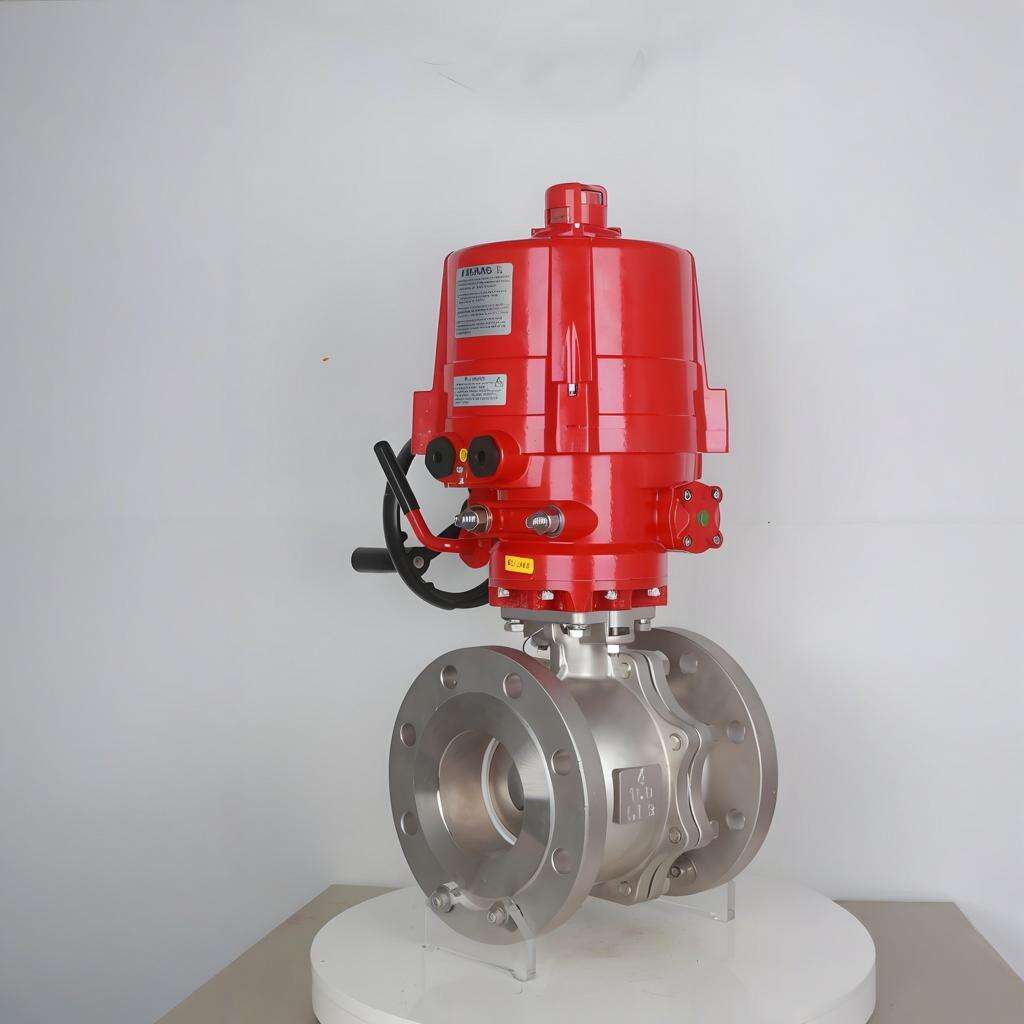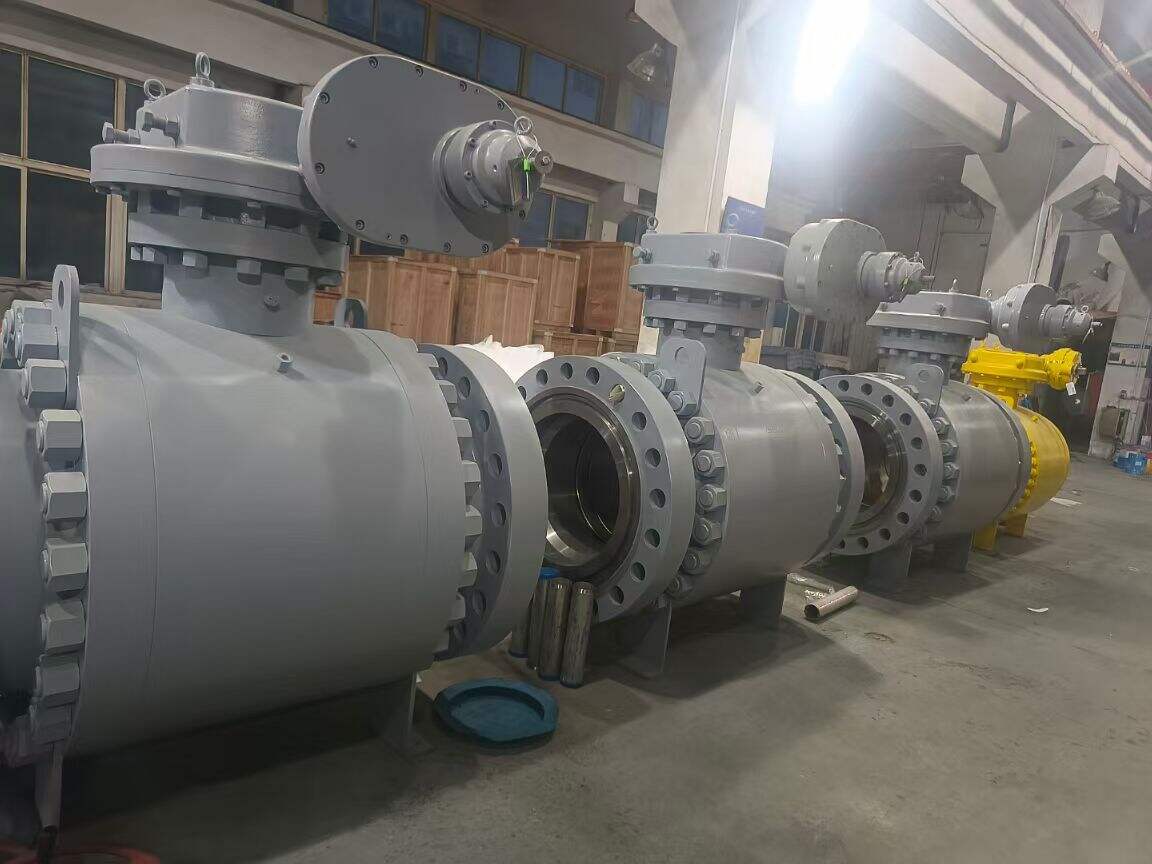emergency pressure relief valve
An emergency pressure relief valve is a critical safety device designed to protect industrial systems and equipment from dangerous overpressure situations. This sophisticated mechanism automatically releases excess pressure when system conditions exceed predetermined safe limits, preventing potential catastrophic failures and equipment damage. The valve operates on a simple yet effective principle: it remains sealed during normal operations but opens automatically when pressure reaches a specified threshold. Modern emergency pressure relief valves incorporate advanced materials and precision engineering to ensure reliable performance in diverse industrial environments. They feature carefully calibrated springs or pilot-operated systems that respond instantly to pressure changes, making them indispensable in refineries, chemical plants, and processing facilities. These valves are engineered to handle various media, including gases, liquids, and steam, with specific designs tailored to different applications and pressure ranges. Many models include additional safety features such as remote monitoring capabilities, fail-safe mechanisms, and redundant safety systems. The technology behind these valves continues to evolve, with newer models featuring smart diagnostics and predictive maintenance capabilities, ensuring optimal performance and enhanced safety protocols in industrial operations.


